DATA SOURCE(S): 1,2,9,14,15,25,26,27
Common Name(s): Sande, cowtree, palo de vaca
Scientific Name: Brosimum utile
Distribution: Central America and northern South America (most commercial wood comes from Ecuador or Colombia)
Tree Size: 100-130 ft (30-40 m) tall,
3-5 ft (1-1.5 m) trunk diameter
Average Dried Weight: 34.6 lbs/ft3 (555 kg/m3)
Specific Gravity (Basic, 12% MC): .47, .55
Janka Hardness: 810 lbf (3,620 N)
Modulus of Rupture: 13,760 lbf/in2 (94.9 MPa)
Elastic Modulus: 2,124,000 lbf/in2 (14.65 GPa)
Crushing Strength: 8,300 lbf/in2 (57.2 MPa)
Shrinkage: Radial: 4.8%, Tangential: 7.8%,
Volumetric: 13.1%, T/R Ratio: 1.6
Color/Appearance: Heartwood and sapwood are both a pale yellow to light brown and are indistinguishable from each other. The sapwood is prone to fungal staining if not dried promptly.
Grain/Texture: Grain is usually straight or shallowly interlocked, with a medium to coarse uniform texture.
Rot Resistance: Most sources report that the wood is non-durable, with poor resistance to decay or insect attack. One source[1]Gutiérrez, V. H., Silva, J., Arias, J., & Castello, L. (2002). Información técnica para el procesamiento industrial de 134 especies maderables de Bolivia. Serie Tecnica XII. Ministerio de … Continue reading mentions that the wood can be moderately durable, especially if not in direct contact with soil.
Workability: Usually easy to work with hand and machine tools. However, the tree is prone to contain wood with internal stresses and tension wood, which can cause pinched sawblades and burning, as well as fuzzy surfaces if there are problem areas. Glues, stains, and finishes well.
Odor: No characteristic odor.
Allergies/Toxicity: Besides the standard health risks associated with any type of wood dust, no further health reactions have been associated with sande. See the articles Wood Allergies and Toxicity and Wood Dust Safety for more information.
Pricing/Availability: Most commonly seen in various grades and types of plywood. Solid wood pieces and veneer sheets are also available, though much less commonplace. Prices are moderate for an imported hardwood.
Sustainability: This wood species is not listed in the CITES Appendices, and is reported by the IUCN as being a species of least concern.
Common Uses: Plywood, veneer, sheet goods, furniture, and paper (pulpwood).
Comments: Sometimes called cow tree, or by the Spanish equivalent palo de vaca, the tree is so named for its edible, milk-like latex that flows from incisions made in the bark. In lumber form, the name sande is more commonly used.
In stark contrast to the much heavier woods in the genus, like bloodwood and snakewood, the lighter colored commercial Brosimum species are divided into two groups based on density, the lighter utile group, and the heavier alicastrum group. Sande represents the lighter utile group. Though Brosimum utile is the most common species associated with sande wood, other species in this lighter grouping include B. parinarioides and B. potabile.
Images: Drag the slider up/down to toggle between raw and finished wood.
Identification: See the article on Hardwood Anatomy for definitions of endgrain features.
Porosity: diffuse porous
Arrangement: solitary and radial multiples
Vessels: large to very large, few to very few; tyloses occasionally present
Parenchyma: winged (and occasionally confluent)
Rays: medium width; normal spacing
Lookalikes/Substitutes: Breadnut (Brosimum alicastrum) is a related species with a very similar appearance and anatomy, though breadnut wood tends to have a higher density than sande. Ramin (Gonystylus spp.) is another wood with similar appearance and anatomy (including winged parenchyma) as well as similar density. But ramin can sometimes have an unpleasant odor when rewetted, while the aforementioned Brosimum species usually lack a distinct odor.
Notes: None.
Related Content:

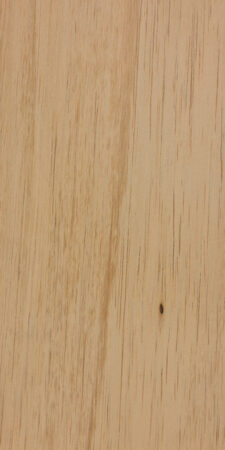
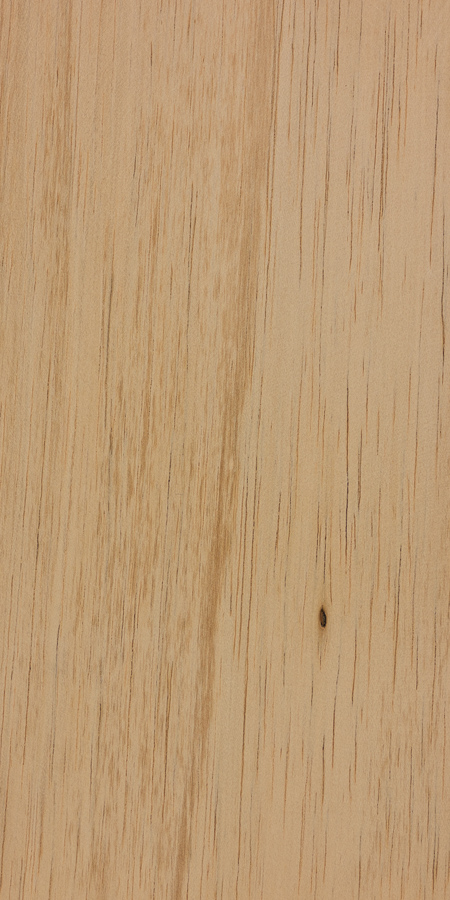
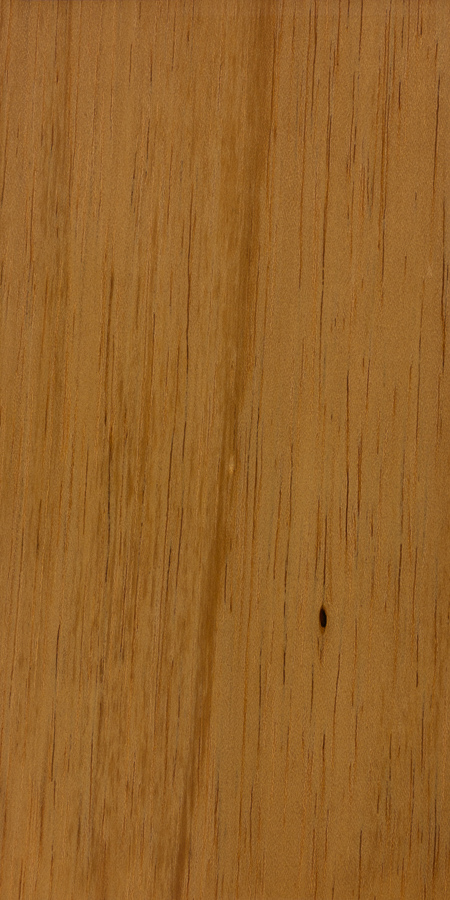
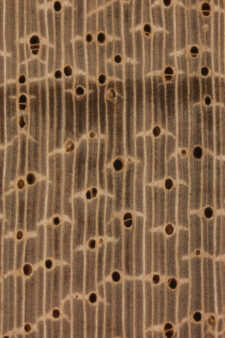

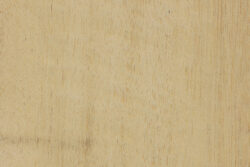
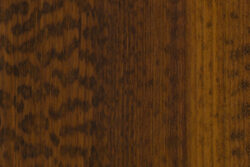
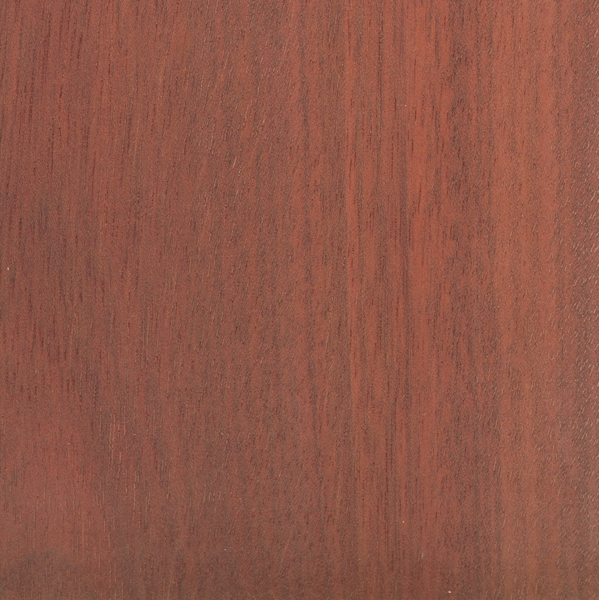
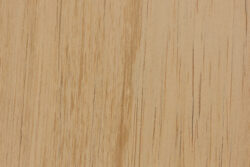





The rot resistance stated above seems in stark contrast to other references which claim superior quality to other woods, particularly to birch, in wet conditions.
Do you have anything specific of these “other references” that claim this superior durability? Re: Sande (Brosimum utile) rot resistance USDA’s Wood Handbook: “The wood is not durable with respect to stain, decay, and insect attack, and care must be exercised to prevent degrade from these agents.” ITTO Tropical Timber Atlas: “Resistance to decay: class 5 – non-durable; Resistance to dry wood borers: Class 5 – susceptible (risk in all the wood); Resistance to termites: Class 5 – susceptible” Kukachka’s Properties of Imported Tropical Woods: “The wood is nondurable with respect to stain, decay, and insect attack and care must… Read more »